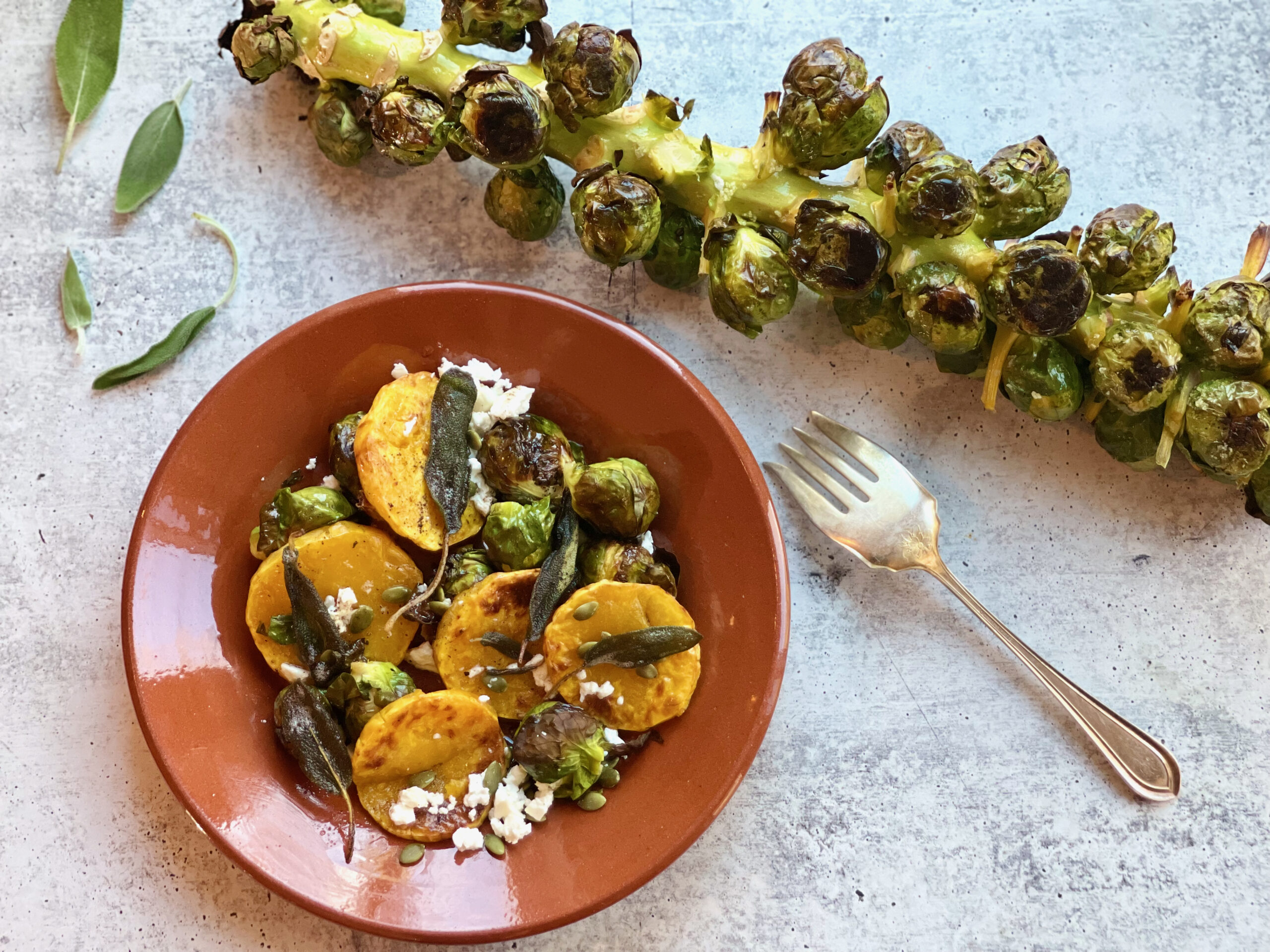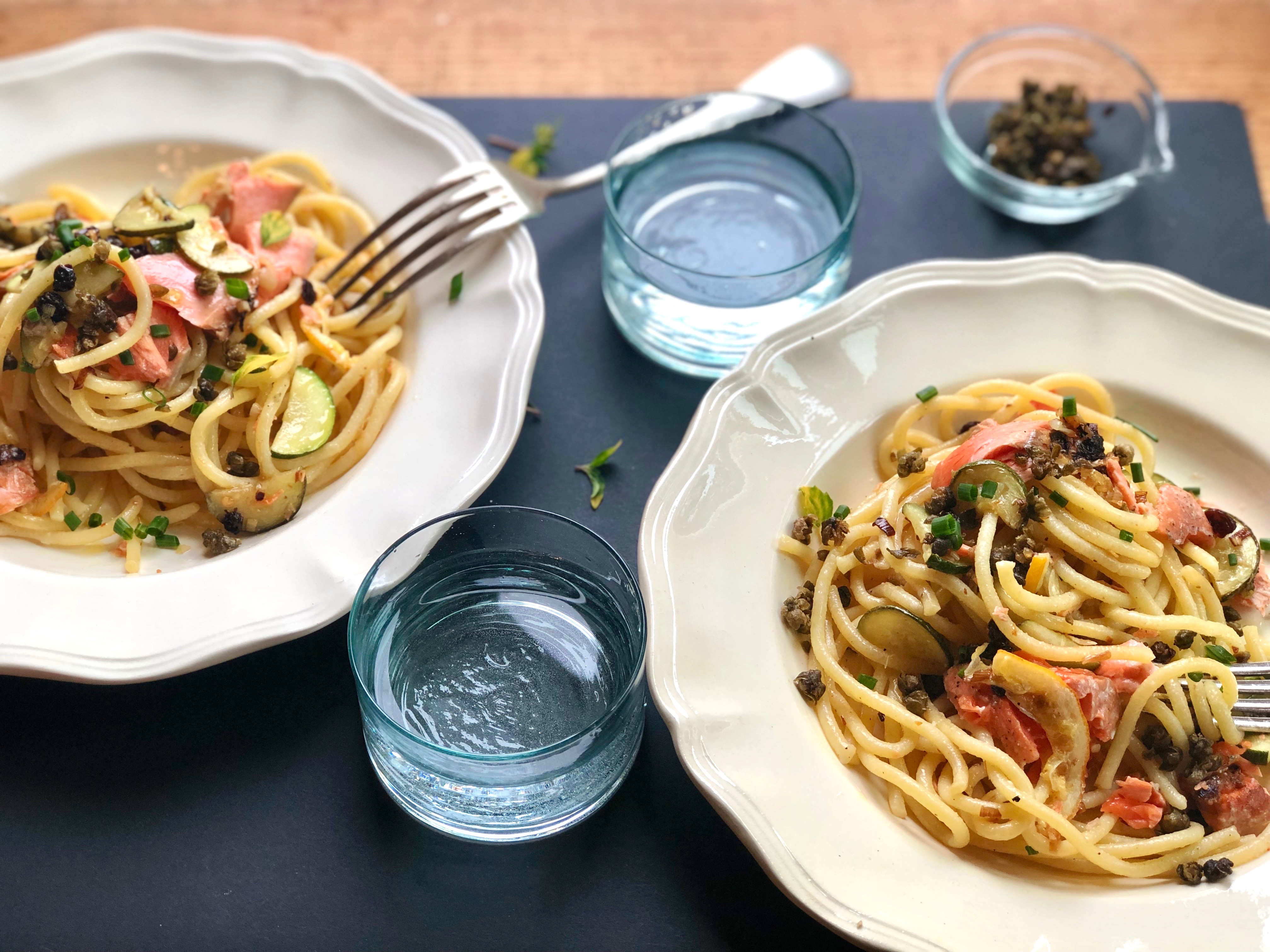
photo by Kim Sunée
Dreaming up pasta dishes always transports me to Italy where I’ve had the good fortune of spending countless hours cooking and eating. Summer al fresco lunches are my favorite when everyone gathers at a large outdoor table. The meal usually starts with a few antipasti—maybe melon and prosciutto or figs and mascarpone; some good tomatoes with spicy garden basil and glugs of thick green olive oil, unsalted bread. And always a pasta, sometimes freshly made, followed by grilled fish or roasted meat, a green salad and fresh pecorino with cracked pepper and honey or ricotta with fruit. Maybe a thick and jammy crostata. Wine, of course.
Of everything I’ve learned from Italian chefs and home cooks alike about the diverse regional cuisines, they all share a passion and reverence for the noodle and have impressed upon me that the timing of pasta is most crucial and the sauce is not a thick, heavy slathering—think of it more as a dressing, as you would treat a salad, adequately coating the leaves without weighing them down.
How to time it all? I find it’s best to get a large pot of water heating; add a generous amount of salt and let it come to a gentle boil while you get started on a quick sauce. (For a long-simmered winter-style ragù you’d make ahead of time, let it heat up while getting the pasta ready.) And while your sauce is simmering, cook the pasta in boiling water, stirring it to keep from clumping and checking it a few times to make sure it’s al dente and not overcooked. Also, there’s no need to drain and rinse, just add the pasta to the sauce directly from the boiling water, using a large open kitchen “spider” or slotted spoon. It’s fine and even preferable for some of the cooking water to be added to the sauce, which, along with cheese—if appropriate for your sauce—helps bring it all together and adhere better to the noodles.
The beauty of pasta is that you can dress it up or down, depending on the seasons and your cravings. This past weekend, I bought some fresh fat spaghetti and tossed it with leftover cooked first-of-the-season wild king salmon, chiles, currants, and fried capers for some punch and crunch.
ingredients
- 1 pound pasta
- Salt, to taste
- 3 tablespoons extra virgin olive oil
- 2 cloves garlic, thinly sliced
- 2 tablespoons dried currants or golden raisins
- 1/4 teaspoon dried chile flakes
- 3 to 4 very thin lemon slices, cut into half moons
- 2 ounces thinly sliced zucchini or mushrooms
- 6 to 7 ounces leftover cooked salmon
- Fried capers (recipe follows)
directions
- Bring a large pot of water to boil over medium-high heat; add salt to taste.
- While water is coming to a boil, place a large skillet over medium-high heat. Add olive oil, garlic, currants, chile flakes, lemon, and zucchini. Reduce heat to medium and cook, stirring occasionally 7 to 8 minutes, until garlic is golden and fragrant and zucchini golden around the edges. Add salt to taste; break up the salmon and add to pan. If pasta is taking longer and sauce is ready, keep it on a low simmer.
- When water is ready, cook the pasta. If using fresh pasta, time it so the sauce is ready when the pasta goes into the water since it only needs a few minutes. If using dried pasta, you have a few extra minutes. When pasta is al dente, not overcooked, remove, using a slotted spoon or kitchen spider, draining some of the water and adding pasta directly to the salmon and zucchini. Stir gently and add about 1/2 cup of the pasta cooking water to the pan. Turn heat to medium and gently toss pasta to coat with the sauce. Taste and add more salt or chile flakes, if needed. Top with fried capers and eat at once.
For the Fried Capers
- 2 tablespoons capers, drained of liquid
- Vegetable oil, such as grapeseed, avocado, or canola for shallow frying
- Pour enough oil into a medium-sized pan to reach about 1/4 inch up the sides of pan. Heat oil over medium-high heat until just starting to shimmer but not smoke. Drain capers thoroughly and press any excess liquid using kitchen towels or paper towels. When oil is hot enough, carefully add capers and let them cook, stirring occasionally (they will pop a bit) 1 to 2 minutes, or until they turn golden and start to burst open. Remove from pan using a slotted spoon and let drain on paper towels.
Search
Most recent recipes
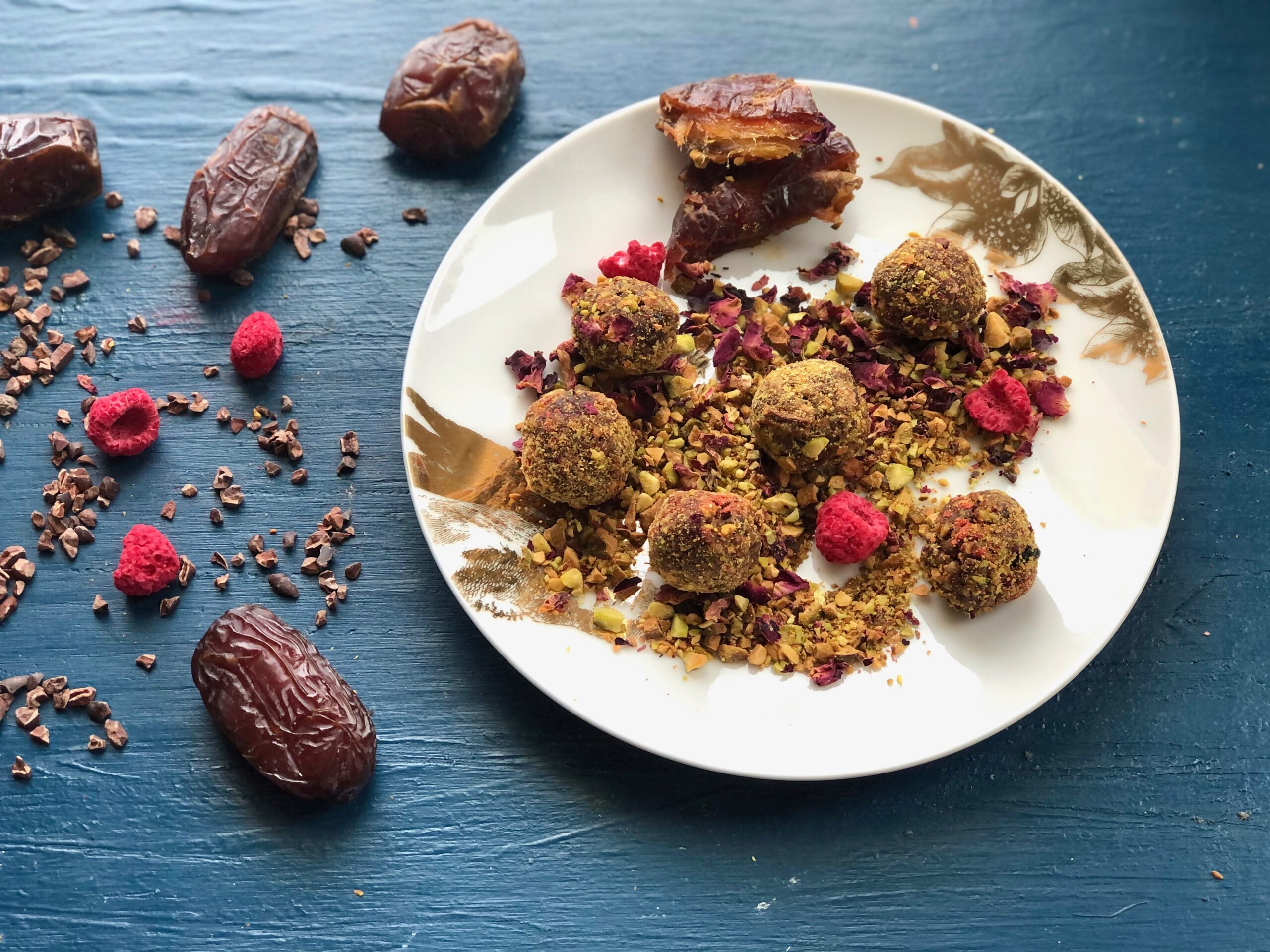
Raw Date-Nut Bites
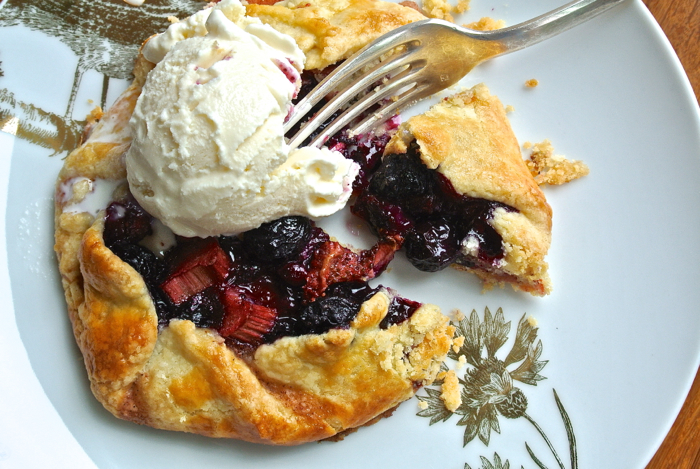
Summer Berry Galettes: Free Form Tarts
Almond Orange Blossom Cakes
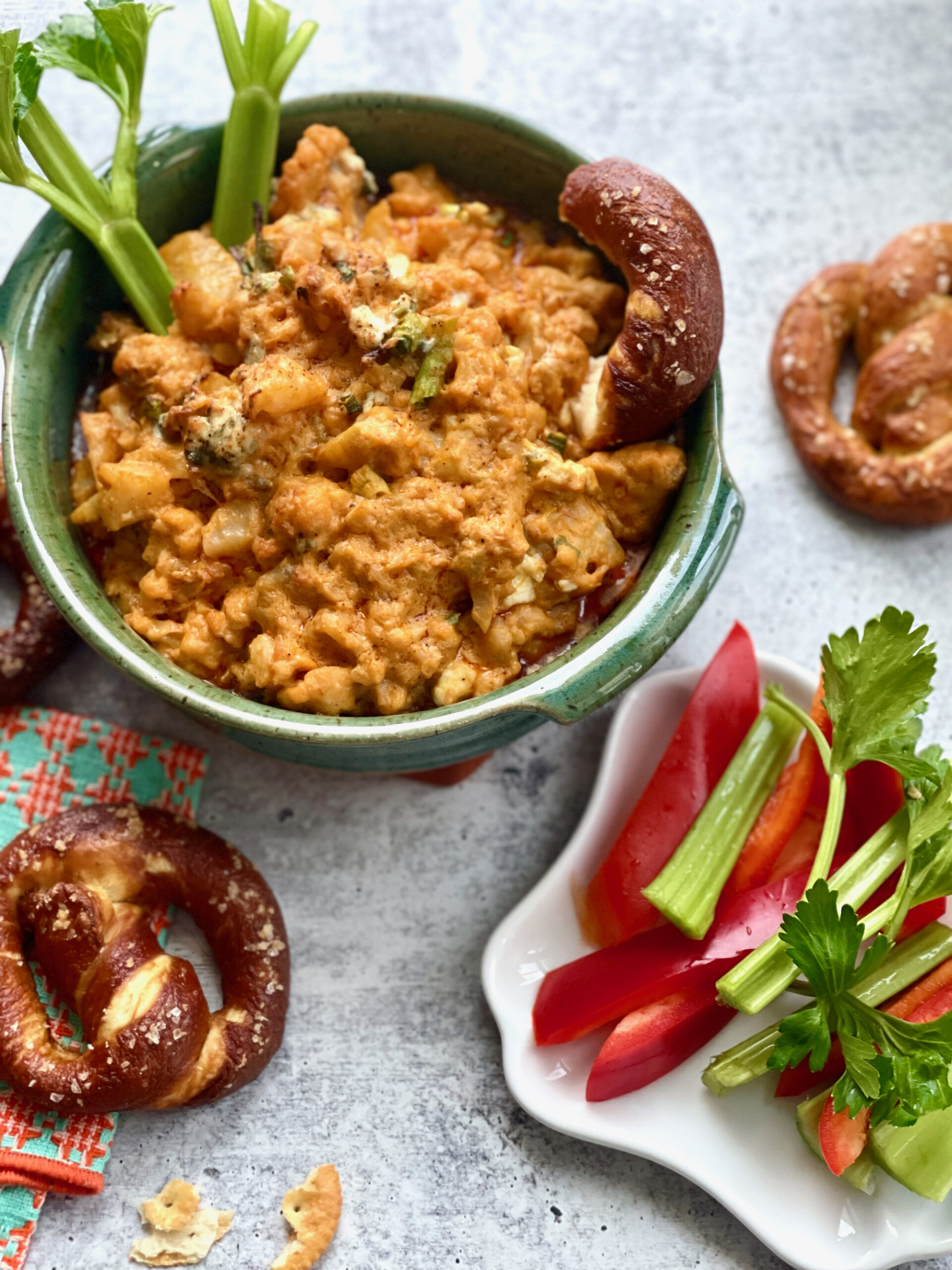
Cauliflower Kimchi Dip

Kale Tomato Rice with Broiled Cheese
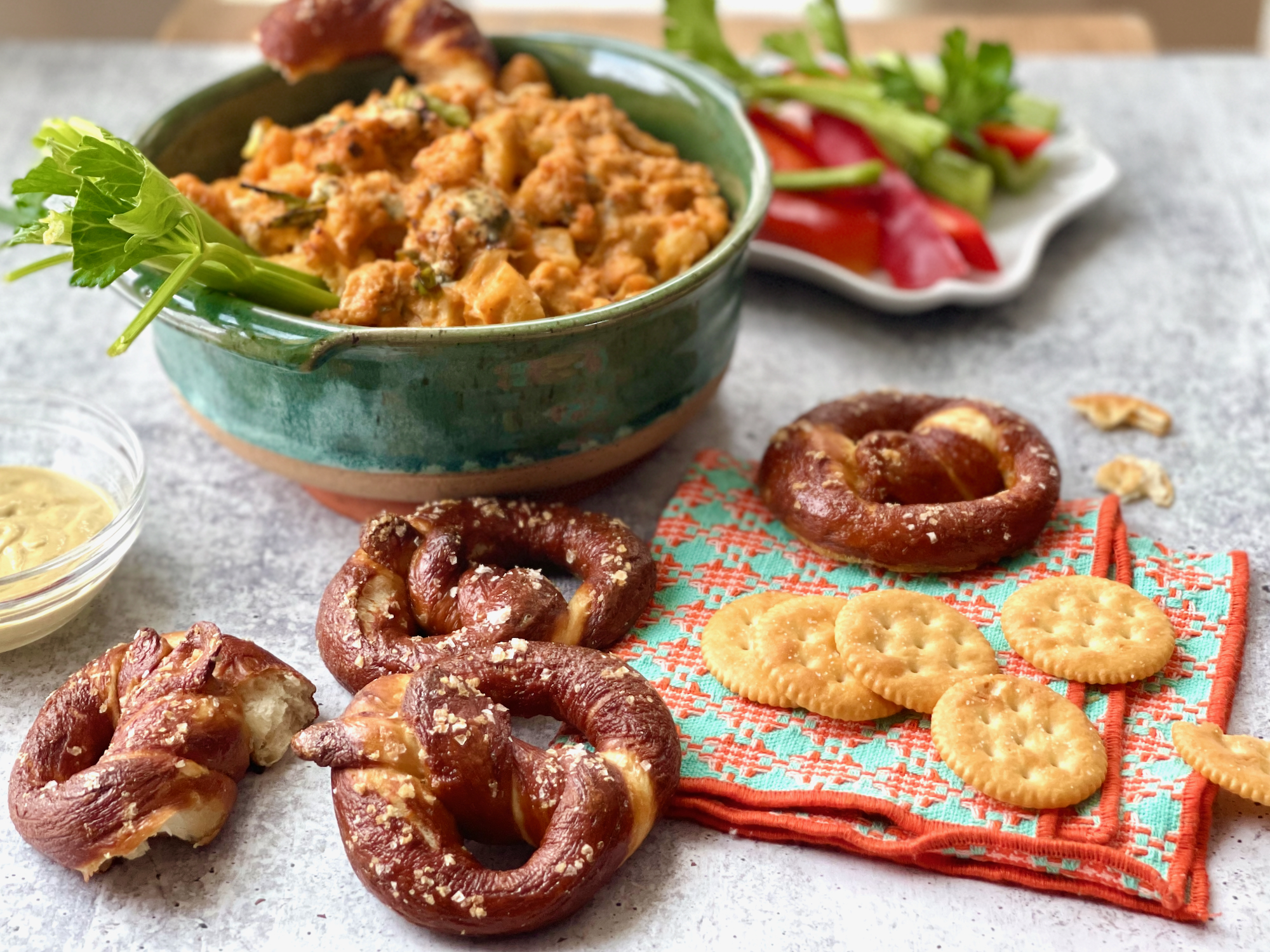
Easy Soft Pretzels

Cream Cheese Thumbprint Cookies
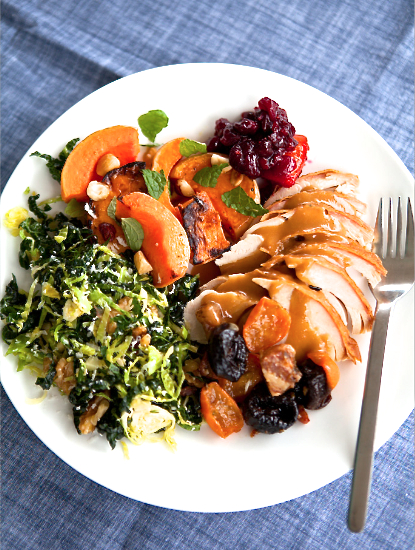
Thanksgiving Plates
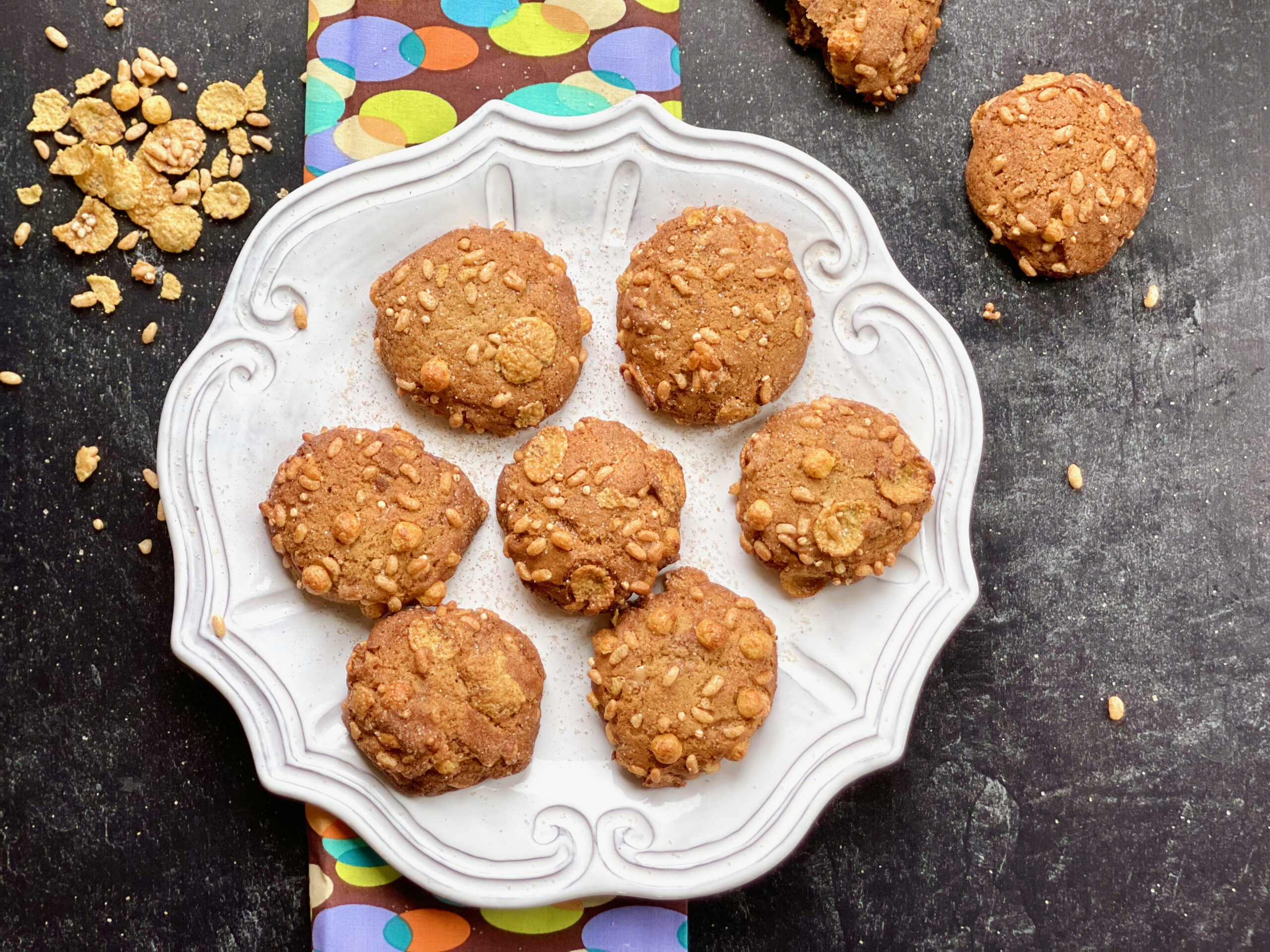
Cereal Toffee Crunch Cookies
